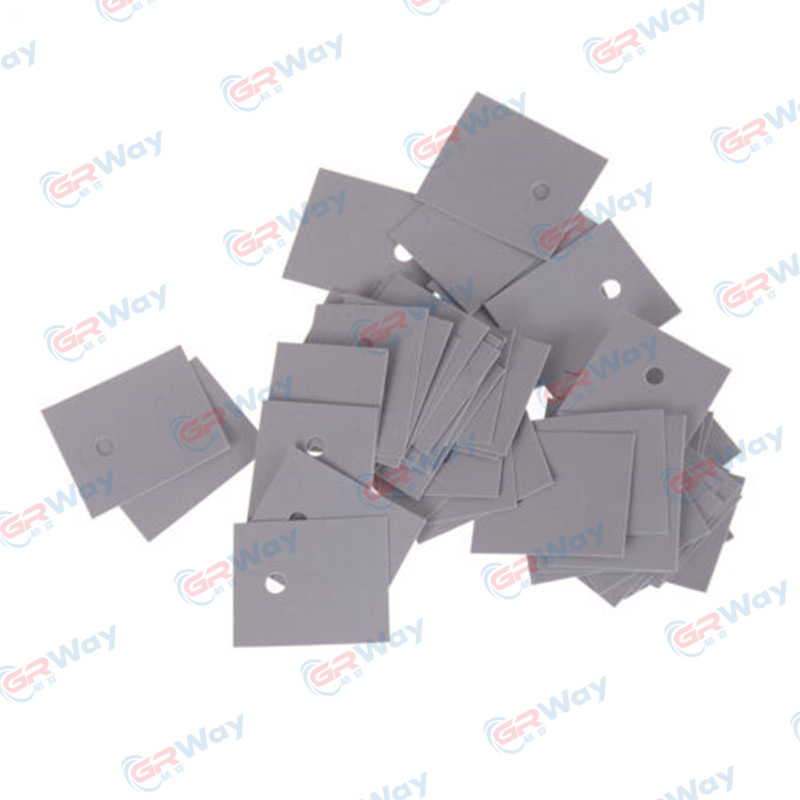About the performance of highly thermally conductive aluminum nitride substrates
2024-05-23
Aluminum nitride (AlN) substrates are known for their excellent thermal conductivity, which is significantly higher than that of traditional materials such as alumina (Al2O3) or silicon. The high thermal conductivity of aluminum nitride is due to its unique crystal structure and phonon scattering properties.
Here are some key points about the performance of highly thermally conductive aluminum nitride substrates:
High Thermal Conductivity: Aluminum nitride has a thermal conductivity of around 200-300 W/m·K, which is much higher than alumina (around 30 W/m·K) and comparable to some metals. This high thermal conductivity allows for efficient heat dissipation in electronic devices, preventing overheating and improving reliability.
Low Thermal Expansion Coefficient: Aluminum nitride has a low thermal expansion coefficient, which means it expands and contracts less with temperature changes. This property helps maintain stability and integrity in high-temperature environments and reduces the risk of thermal stress and cracking.
Good Electrical Properties: Aluminum nitride is a good electrical insulator, with a high resistivity and low dielectric constant. This allows it to be used in electronic devices without affecting their electrical performance.
High Temperature Stability: Aluminum nitride can maintain its properties and strength at high temperatures, up to around 1800°C. This makes it suitable for use in high-temperature applications such as LEDs, power electronics, and high-frequency devices.
Mechanical Properties: Aluminum nitride is a hard and brittle material, with good mechanical strength and resistance to abrasion. However, its brittleness can limit its use in some applications.
Fabrication Challenges: Although aluminum nitride has excellent properties, fabricating it into thin substrates can be challenging due to its brittleness and high reactivity with oxygen. Special processes are required to produce high-quality, defect-free substrates.
Cost: Aluminum nitride substrates tend to be more expensive than traditional substrates such as alumina due to their higher material costs and more complex fabrication processes.
In summary, highly thermally conductive aluminum nitride substrates offer excellent heat dissipation capabilities and stability at high temperatures, making them ideal for use in demanding electronic applications. However, their brittleness and higher cost must be taken into consideration when evaluating their suitability for a specific application.




























